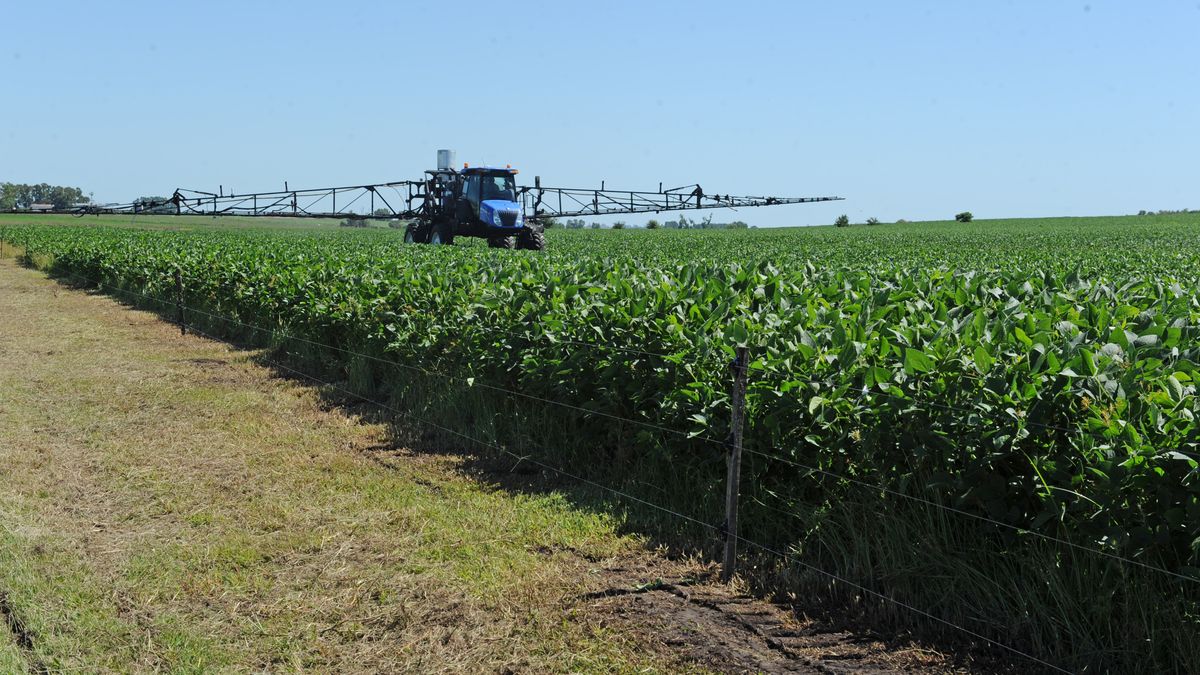1 million hectares were cultivated and the yield in a normal year is usually up to 2.8 tons per hectare, but the drought worsened the results.
The drought in Uruguay It has turned out to be much more serious than initially expected, when the first estimates of losses were made. Although it is difficult to quantitatively establish the damages, it is agreed – at a productive and political level – that the damage is enormous, as has not been seen in decades, and the harvest of soy is no stranger to these problems.
The content you want to access is exclusive to subscribers.
Although strong consequences are seen in the livestock sector due to the water deficit, surely the most profound impact occurs in the agriculture.


Only 1 million tons will be harvested, a third of the soybeans grown
According to agricultural entrepreneurs and originator companies consulted by scope.comthe drop in the Uruguayan soybean harvest this year will be very strong, because the drought not only seriously reduced the yields but also because, simply, there will be a very important area that will not be harvested directly.
According to preliminary estimates of different technicians and producers, considering the loss of area and the very low yields, the soybean harvest hardly exceed a million tons. Given that Uruguay has been planting just over a million hectares, with an expected average yield (in a normal year) of between 2.5 and 2.8 ton/ha. So that an expected “normal” harvest would be 3 million tons. This year, it will not even reach the third part of that volume.
Even more: some of the major multinationals that operate in Uruguay originating and marketing grains make preliminary projections that locate the maximum My dear in solo 800,000 tons.
The corn crop is also on alert
To the failure (break) of the soybean harvest must be added the impact on cornof similar size: a good part of the area has been “chopped” (for silage), without harvesting the grain. Another part of the area has been directly lost.
According to the sources consulted, reversing this crisis will take more than a year. Producers will seek to recover by planting winter crops and – if the weather is good – only in the next summer harvest (2024) could a better picture be glimpsed. But to make that happen, financing is needed. The companies, in the pre-dry scenario, came from good harvests and were robust, as were the suppliers of inputs. It will be necessary to see if that strength is enough to overcome this trance.
Increase in prices and lower quality in the livestock sector
In cattle raising, the task shows a clear shortage of prepared cattlealthough activity with unfinished cattle continues, and a couple of plants will stop working in the coming days, anticipating licenses and stoppages due to the weather situation.
In the farming sector, the impact is already beginning to be seen in fairs and supermarketsfor him price increase and the lower quality of the products. The tambos are increasingly difficult to sustain remission.
Source: Ambito




